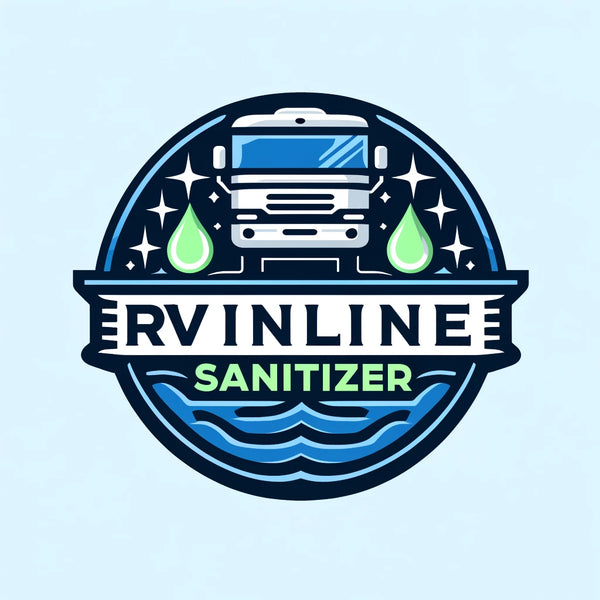Cleaning Tips
To ensure efficient and safe sanitation of your RV’s freshwater tank,
Here's a streamlined guide based on your detailed explanation:
Materials Needed:
- Bleach (7 ounces or more depending on tank size)
- Wrench (13/16 open end)
- Hoses with secure fittings
- Fresh water supply
Preparation Phase:
- Check Remaining Water: Ensure there are approximately 25 to 30 gallons of unused water in the tank.
- Prepare Bleach: Ready an adequate amount of bleach, starting with 7 ounces, adjusted according to the tank’s capacity.
Adding and Dispersing Bleach:
- Connect Hoses: Connect hoses to the fresh water supply and to the RV’s water fill inlet. Ensure all connections are tight and leak-free.
- Add Bleach: Using a wrench, open the fill cap and pour in the bleach. Continue adding more if necessary, as excess will simply occupy additional hose space.
- Secure the Fill Cap: Tighten the fill cap to ensure there are no leaks.
- Activate Water Supply: Turn on the water supply, allowing the flow to carry the bleach from the container into the tank, typically requiring about 3 to 5 gallons of water.
Cleaning and Rinsing:
- Drive the RV: Take a short drive to allow the bleach water to thoroughly slosh around, contacting all interior surfaces of the tank.
- Settling Time: If possible, allow the bleach and water mixture to sit in the tank for a period (not exceeding 48 hours) to achieve better sanitation.
- Flush the System: Use the RV’s pump to cycle the bleach water through all faucets, showers, and toilets to sanitize these outlets.
- Complete Draining: Empty all the bleach water and ensure that all residues are thoroughly flushed out.
Refill and Final Checks:
- Refill with Fresh Water: Refill the tank with fresh water and circulate it through the system until there is no longer a bleach odor.
- Final Inspection: Check all connections and hoses to ensure they are secure and there are no leaks.
By following these optimized steps, you can maintain a clean and hygienic freshwater system in your RV, while avoiding damage due to improper handling. Always ensure that bleach is used according to the guidelines provided with the product to avoid unnecessary corrosion or damage to the RV’s water system.
